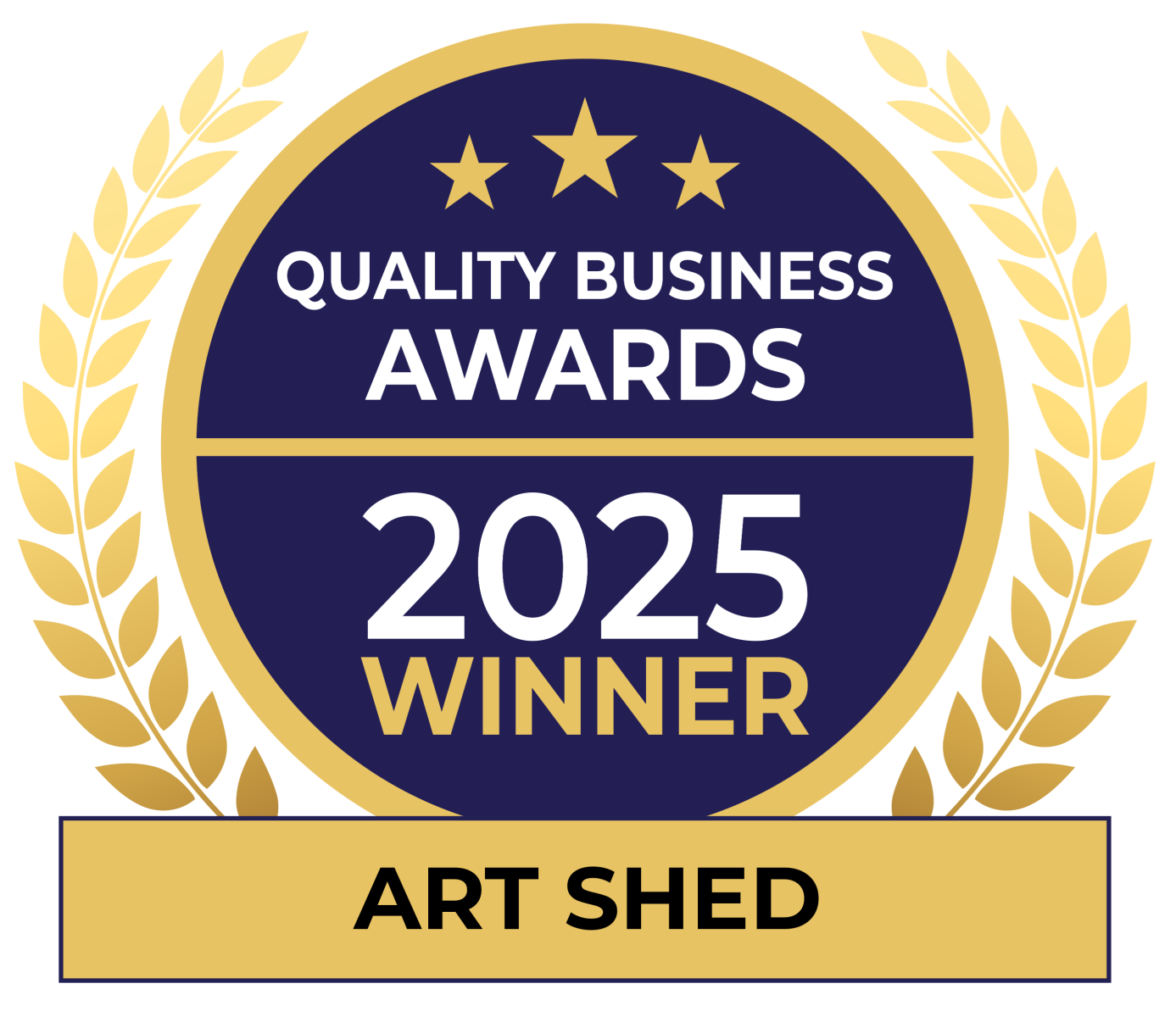13 oil painting techniques
Author: Dana McGorlick-Appelman Date Posted:14 February 2022
Our friends at Mont Marte have done it again with another fantastic tutorial on the various oil painting techniques. The slow drying nature of oils allows for a wide variety of painting techniques to be used, and offers more leeway to amend any mistakes you might make while painting. Whether you’re just starting out or looking for new styles to experiment with, this is a great guide for the must-know techniques to bring your masterpiece to the next level.
Oil Painting Techniques
Scumbling
Scumbling is a great technique for creating fog or clouds.
For this technique, use a stiff brush and a small amount of paint and apply the paint in circular motions.
Alla prima
Alla Prima is a technique whereby paint is applied to wet paint without letting it dry, which is great for clean blending.
For this, begin with the shadows or darkest shades, and build up the shades, leaving the highlights and accent colours until last.
Glazing
For glazing, start with your darkest colours, and use colours that are highly transparent.
Glazing is great if you are hoping to create rich tones, and it can also help create new colours, bringing an added dimension to your piece.
Underpainting
Underpainting is a staple oil painting technique this is useful when starting any painting, as it helps reduce the stark whiteness of a canvas, as well as set up the composition of your piece. For this, using a grounding tone is a great way to define later layers of colour.
Start by covering the entire canvas in your tone and then once this layer is fully dry, you can start blocking in your other colours.
Impasto with brush
Impasto is a technique where you keep the paint thick and utilise the texture to add dimension to an artwork, think Van Gogh’s ‘A Starry Night’.
For this, you can add a thickening medium to the paint, and apply the paint with a palette knife or paintbrush.
Grisaile
Grisaile is a technique that uses neutral tones and greys to create dimension.
Start by painting in your shadows, and then add white for the highlights and blend.
This technique is a great first step before glazing.
Blocking in with a palette knife
This is great for creating a choppy, abstract texture.
You can achieve different styles of strokes by using differently sized and shaped palette knives.
When swiping with the palette knives, be careful not to scrape off the paint.
Sfumato
Sfumato is a tonal technique used to create soft transitions between light and dark tones.
For sfumato, use a soft Taklon brush, and be careful not to pick up too much paint with the brush.
Use soft circular motions to blend out the paint as you move to the highlights.
Sgrafitto
Sgrafitto is a technique where you scratch back the top layer to reveal the bottom layer.
For this, paint your background colour and allow it to fully dry, then, apply a different coloured top layer and use a palette knife to scratch back the paint while it’s still wet.
You can also add more layers once each coat fully dries.
Transitional blending
For transitional blending, we’ll be using varying colours to create a stepped blend.
Start by applying the colours in horizontal swipes with a palette knife or paintbrush.
Then, taking a clean brush, blend each colour into the next.
Fat over lean
Fat over lean is an oil painting rule whereby you always apply paint in your thinnest layers first, and then work up to your thickest.
Once your thinnest layer is dry, you can add a thicker layer.
This helps avoid cracking as the paint dries.
Dry brushing
Dry brushing utilises the texture of the canvas.
For this, use a stiff brush and very little paint, and use circular motions to apply the paint.
Adding dry mediums
Dry mediums like sand can also be added into oil paint to add texture.
You can add this directly onto a painting or mix it into the paint.
If you’re looking for further information on oil painting, check out our blogs on Oil Painting FAQ's , A Beginners Guide to Oil Painting and A guide to oil painting mediums and techniques
Don't forget to show us your art by tagging us on Instagram @artshedonline for your chance to be featured!
Got questions? Send us an email at customerservice@artshedonline.com.au and our friendly team of artists will do their best to assist you.
Have fun, and happy creating!








